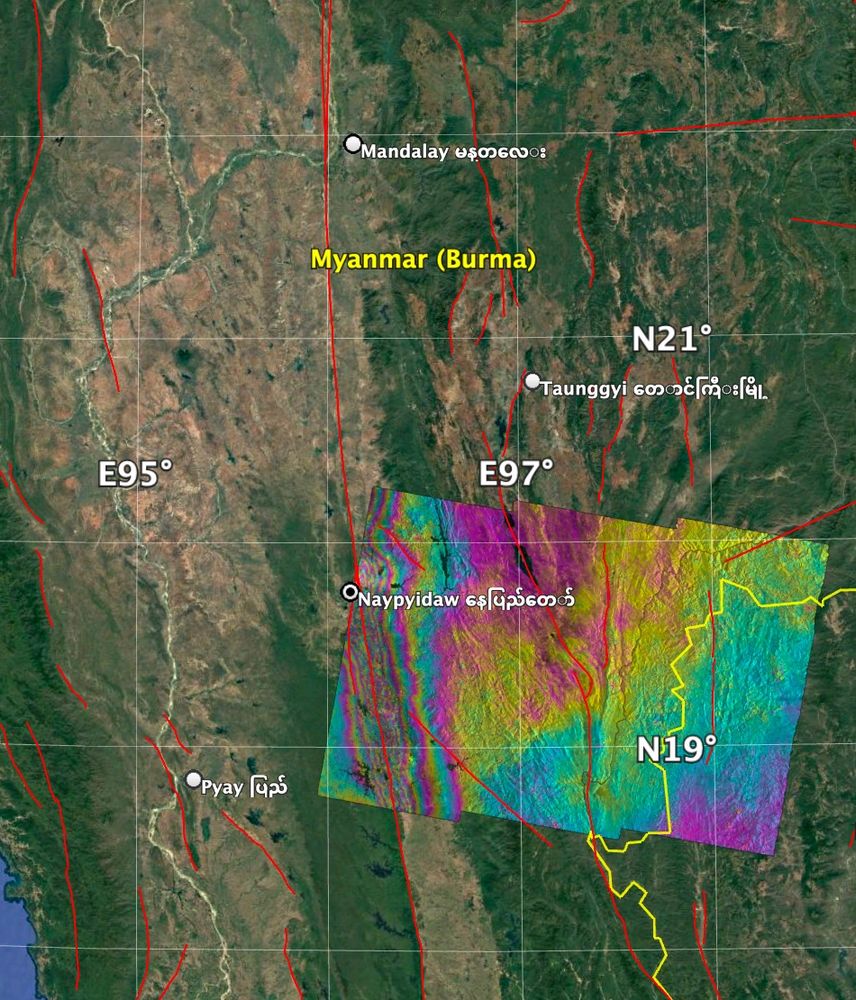NERC Independent Research Fellow and Lecturer at University College London (UCL).
https://profiles.ucl.ac.uk/89579-stephen-hicks
Goran Ekstrom's surface wave detector gives this a surface magnitude = 5.4(!).

Goran Ekstrom's surface wave detector gives this a surface magnitude = 5.4(!).
log(rupturelength) = 0.81*Mw-3.68, yielding a 97 km rupture for a Mw 6.9 earthquake. Plus there has already been an aftershock at the western end of the fault.

log(rupturelength) = 0.81*Mw-3.68, yielding a 97 km rupture for a Mw 6.9 earthquake. Plus there has already been an aftershock at the western end of the fault.


